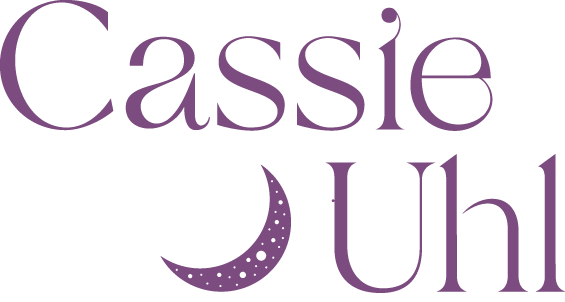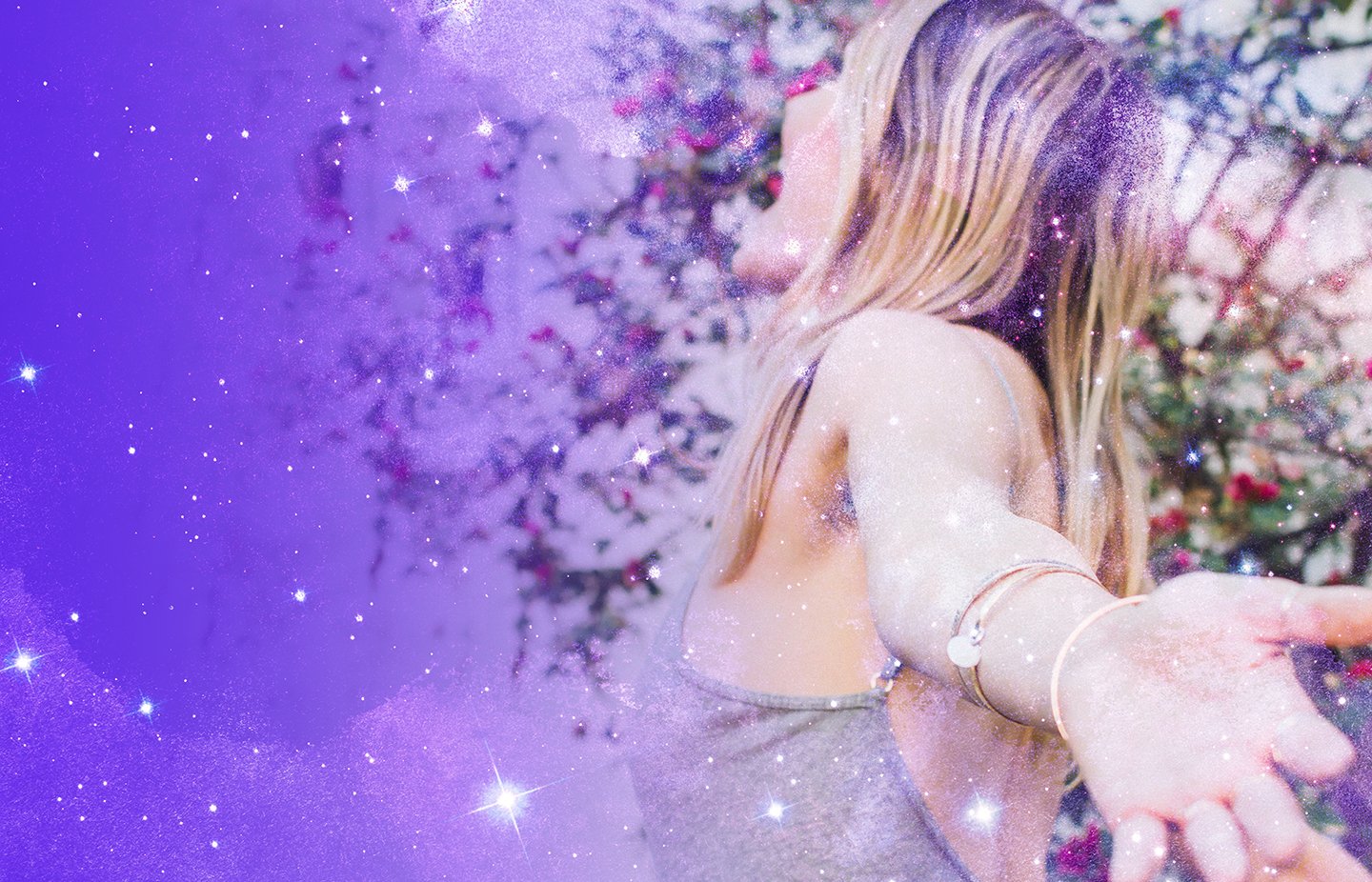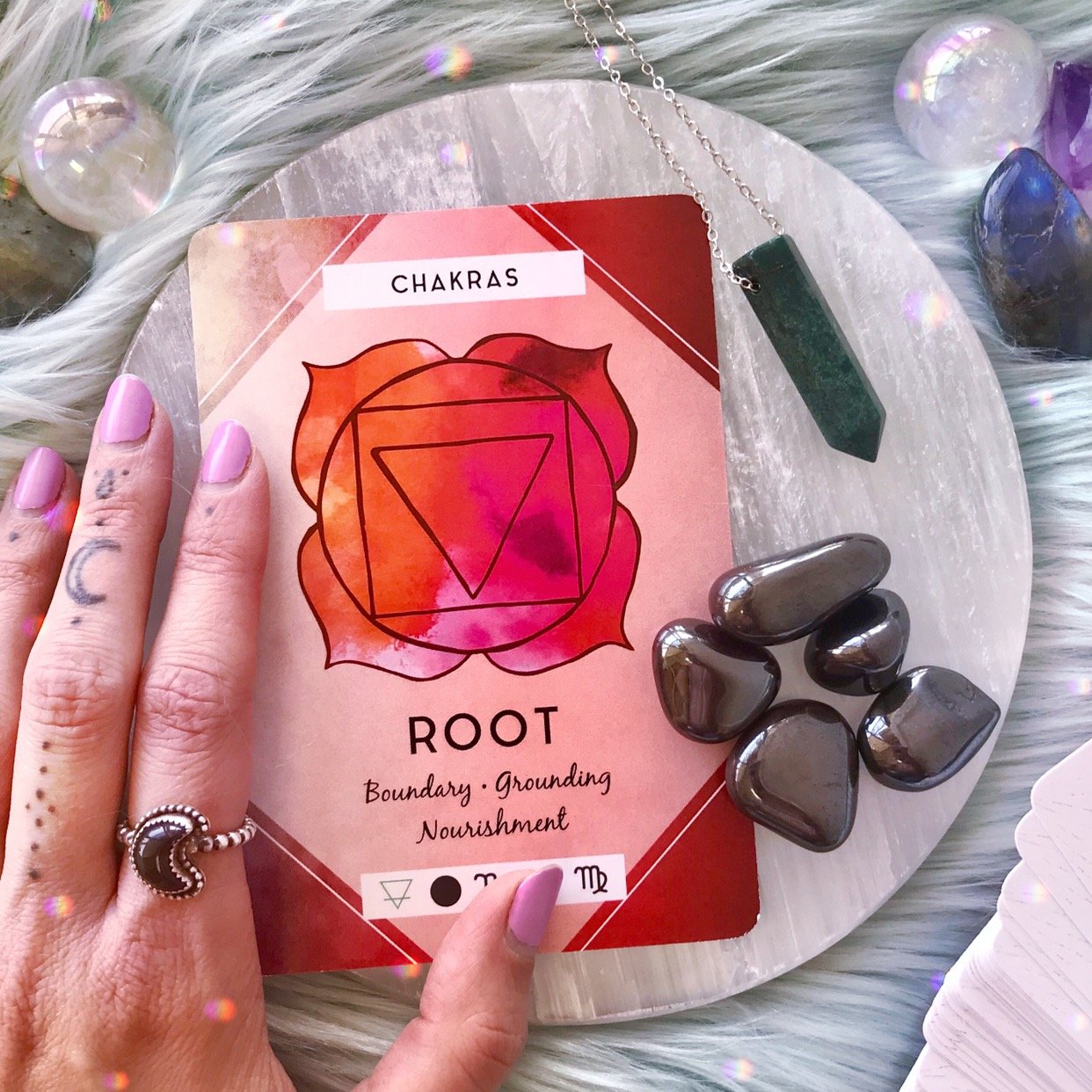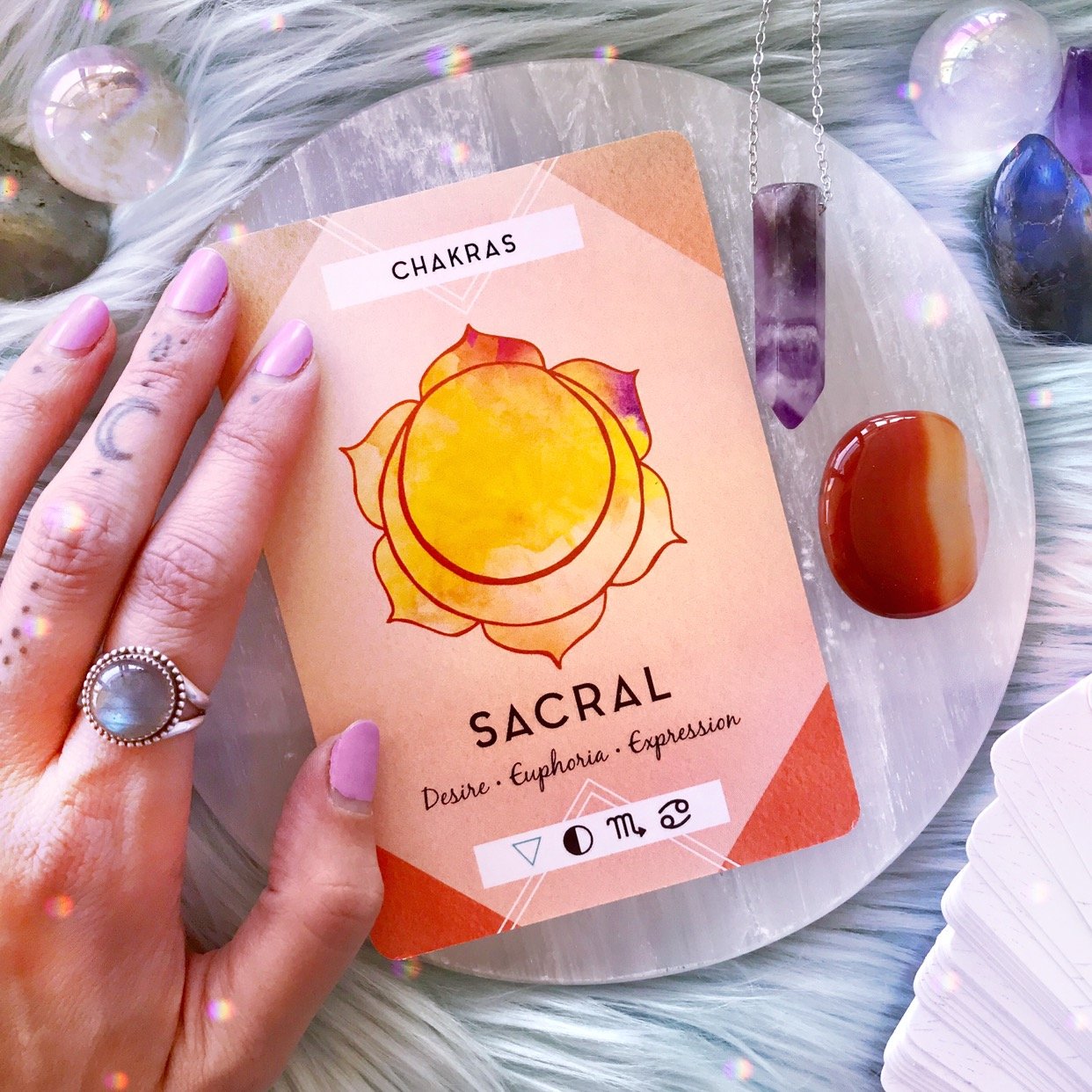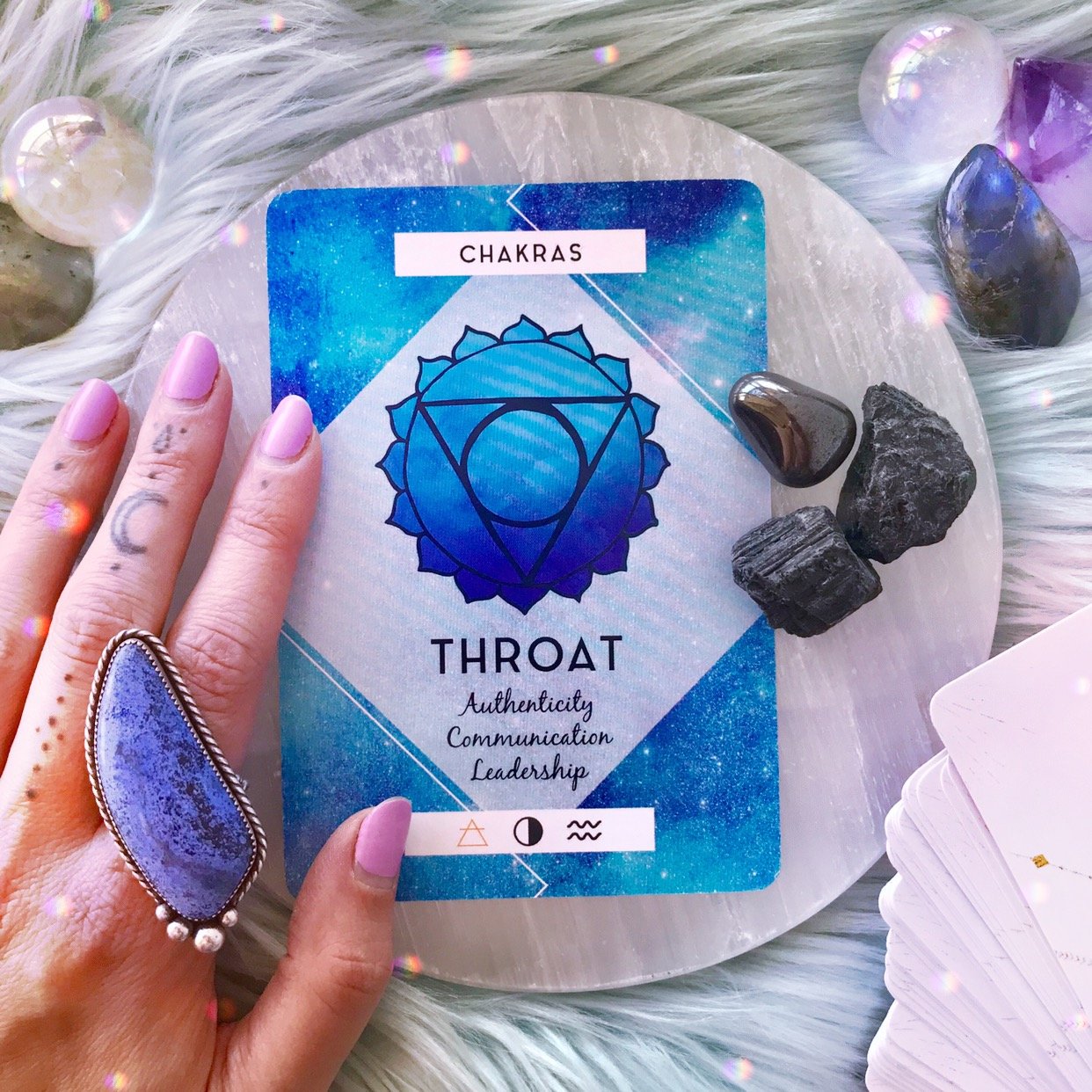The Four Types of Indigos & How to Thrive as One
An Indigo person is anyone who has the color indigo as the primary color in their auric field. I shared more about the birth of this term and who Indigos are in a previous post. Click here if you missed it and want to learn more about who Indigos are before reading on!
As I shared in the previous post, according to Nancy Tappe, most of us are Indigos now. A more important question to ask is, what kind of Indigo are you? Throughout Nancy’s work with Indigos, she identified four types: humanist, artist, conceptualist, and catalyst. Each Indigo helps progress and connect humanity differently.
Read on to learn more about the different types of Indigos and determine what type of Indigo you are. You may identify strictly with one kind of Indigo personality or a combination of two. I’ve also shared gemstones and activities that will help support each type of Indigo.
Humanist
Humanist Indigos are the social butterflies of the new world. Think Instagrammer’s and YouTubers with huge followings, political mavens, and teachers. Humanists are extremely social beings who feel driven to connect with others. They’re always thinking of new ways to communicate with people, primarily through technology.
Humanist Key Points
Social
Verbal
Relatable
Humanist Purpose
Connect humanity on a larger scale through the use of technology.
Humanist Support
Humanists are often pegged as overactive, due to their social nature. The humanist Indigo will benefit from grounding exercises and stones. If you identify as a humanist and feel off-balance, spend time in nature, meditate on your root chakra, and try carrying grounding stones like hematite, obsidian, and jasper. If you’d like to amplify your humanist traits, focus on your throat chakra, and work with stones like lapis lazuli and sodalite.
Featured card deck: The Ritual Deck
Artist
Indigo artists are, not surprisingly, the artistic powerhouses of the new world. Young people that are seemingly born with the innate ability to sing, dance, and create are the Indigo artists of today. These Inidigos are extremely sensitive and emotional. Unlike previous generations, when emotions were meant to be stuffed and kept quiet, the Indigo artist has no problem expressing their feelings.
Artist Key Points
Expressive
Emotional
Artist Purpose
Create a more expressive and sensitive human race.
Artist Support
Empathic artists Indigos will benefit from learning techniques to protect their energy when they need a break from feeling everything. Working with stones like soothing and protective amethyst or energy shielding labradorite will prove helpful for Indigo artists. If you’d like to amplify your Indigo artist traits meditate on your sacral and throat chakra or work with stones like carnelian and opal.
Conceptualist
Conceptualist Indigos are the systems-oriented engineers and inventors of the new world. These Indigos are introverts and happier behind the scenes observing rather than mingling with their Indigo brothers and sisters. They are the ones inventing new technology and systems enabling humans to connect and communicate on a larger scale.
Conceptualist Key Points
Introverted
Focused
Problem solvers
Conceptualist Purpose
Create better tools and infrastructure to help connect humanity.
Conceptualist Support
Quiet conceptualists can find balance through spending time with people they love and trust. Find likeminded people that you feel comfortable spending time with to get you out of your head from time to time. Working with airy stones like citrine, calcite varieties, or yellow jasper will bring some levity to your world. To hone your problem-solving abilities focus on your solar plexus and sacral chakra.
Featured card deck: The Ritual Deck
Catalyst
Nancy Tappe identified the catalyst group as the smallest group of Indigos. It’s also the group that is least likely to know that they’re Indigos, partly because they’re so detached. Catalyst Indigos are catalysts because they push and force us into new ways of thinking, often without even intending to. These Indigos have a strong sense that they don’t fit in here and can have a difficult time relating to others. Catalysts are often given labels, but it’s their seemingly odd tendencies giving them labels that are forcing us to start doing things differently.
Catalyst Key Points
Detached
Demanding
Feels like they don’t fit in
Catalyst Purpose
Challenge the human race in new ways to inspire change.
Catalyst Support
Similar to conceptualists, catalysts will benefit from spending time with people they love and trust. Because socializing can feel so difficult for the catalyst, they must find people that they genuinely feel comfortable with, even if it’s on rare occasions. Because catalysts are often viewed as offbeat, they will benefit from protective stones like hematite and black tourmaline. Meditating on the throat chakra and working with stones like sodalite and lapis lazuli will help give catalysts a voice when they do need to speak up.
Featured card deck: The Ritual Deck
Featured card deck: The Ritual DeckYou may find different Indigo labels, but these four are based on Nancy Tappe's work. I think they’re a great starting place to understand the Indigo phenomenon better. Crystal children and starseeds are a topic for another day! I believe it’s valuable to start with understanding the purpose and types of the Indigos before diving into these new labels. If you identify as a crystal child, your parents are likely Indigos, and you probably have a lot of Indigo in your aura too.
